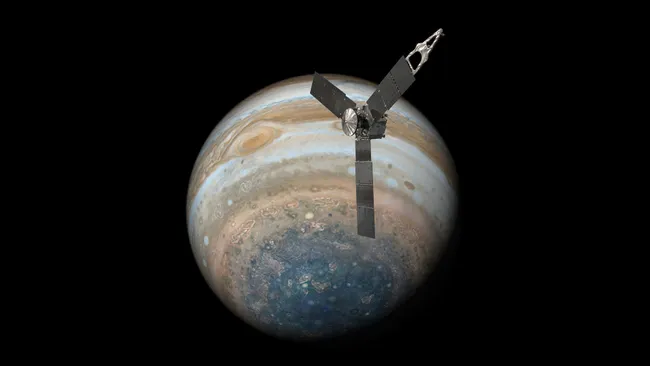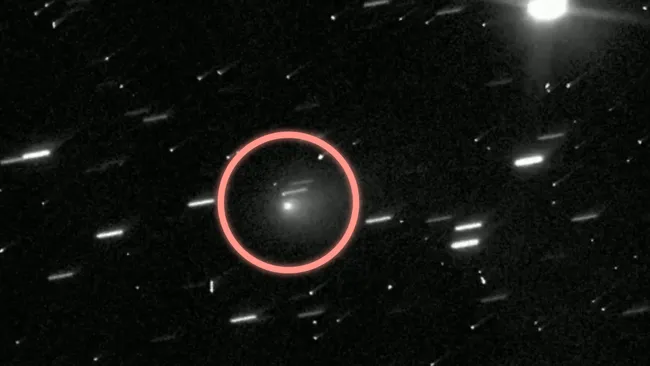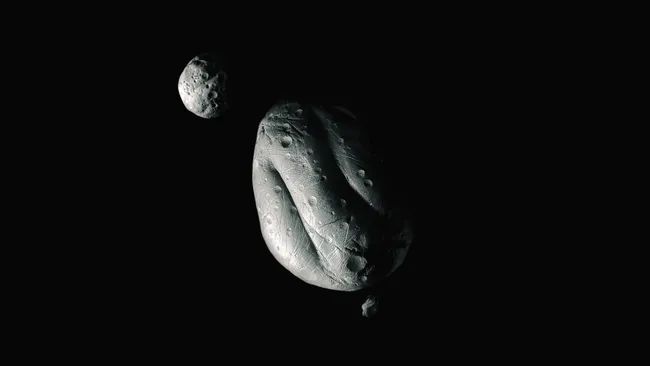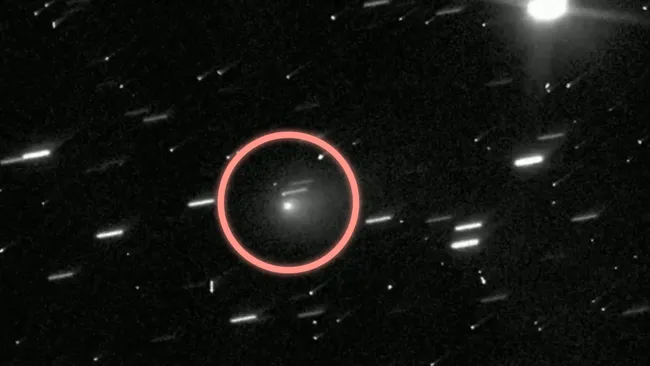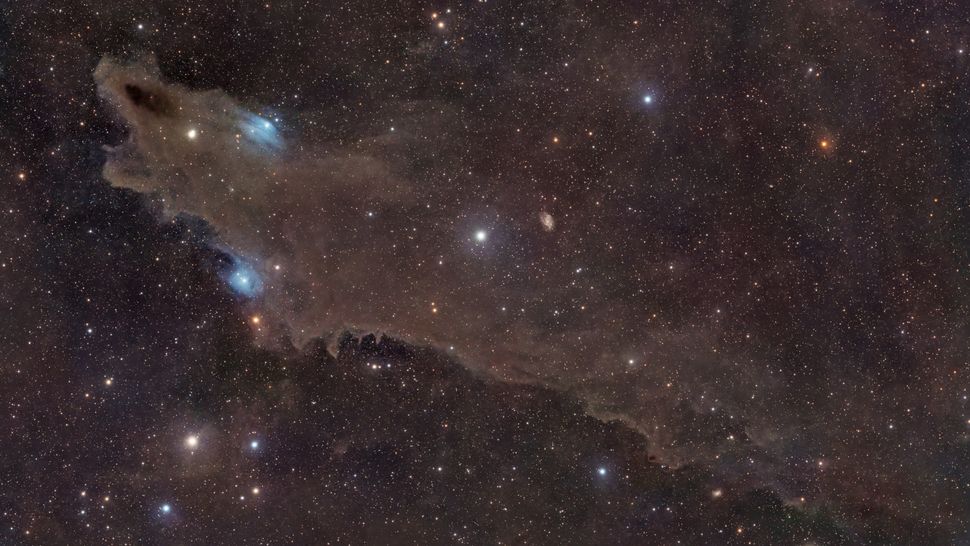The fate of NASA’s Juno probe, which has orbited Jupiter since 2016, remains uncertain as the U.S. government shutdown halts official communication from the space agency.
Originally launched in 2011, Juno was designed for a 20-month mission to study Jupiter’s atmosphere, magnetosphere, and moons. Yet, the spacecraft far outlived its expected lifespan, continuing operations for nearly a decade beyond schedule.
NASA last extended the mission in 2021, promising operations through September 30, 2025. That deadline has now passed, and with NASA effectively closed, there has been no confirmation of whether Juno is still transmitting data — or has been shut down.
“By extending the science goals of this important orbiting observatory, the Juno team will start tackling a breadth of science historically required of flagships,” said Lori Glaze, then-director of NASA’s Planetary Science Division.
During its extended phase, Juno expanded its scope from probing Jupiter’s internal structure to studying its rings and major moons — including Ganymede, Europa, and Io. These flybys revealed invaluable data about their geology and composition, while helping prepare for upcoming missions like Europa Clipper, launched in October 2024 and set to reach Jupiter in April 2030.
Ending Juno’s mission now would create a multi-year observation gap, leaving planetary scientists without fresh data on Jupiter’s system until the end of the decade.
In a response to Space.com, NASA spokesperson Molly Wasser reaffirmed that the “mission was extended to September 2025,” but added that “NASA will abide by the law,” referencing shutdown restrictions that currently freeze non-essential activities.
Under federal shutdown rules, only “excepted activities” — those protecting life, property, or national security — are permitted to continue. Scientific missions like Juno, not classified as such, are effectively paused.
Adding to the uncertainty, Juno was omitted from the President’s fiscal year 2026 budget request, suggesting it is no longer a funding priority. Until the U.S. government resumes full operations, the spacecraft’s fate remains officially unknown, leaving one of NASA’s most successful deep-space missions in limbo.

